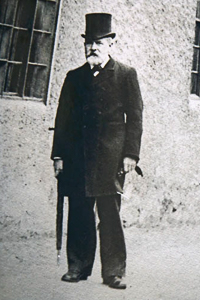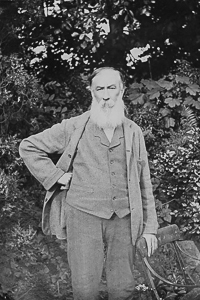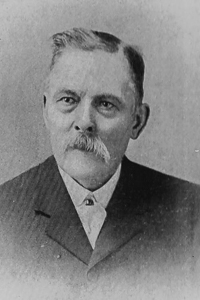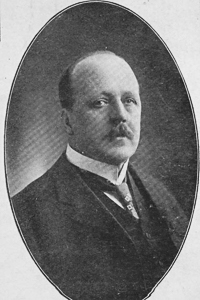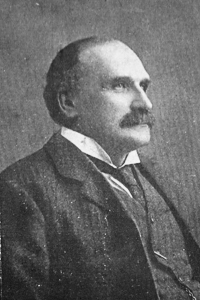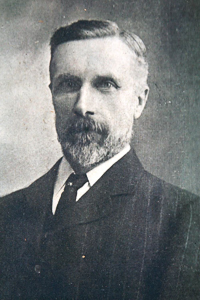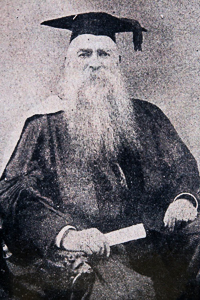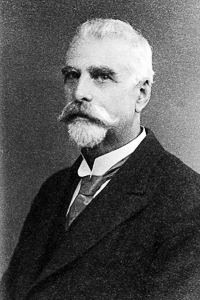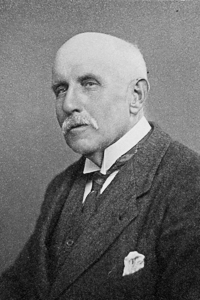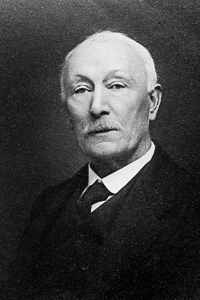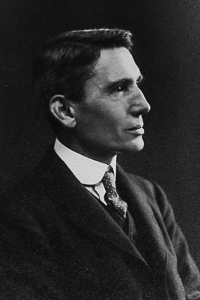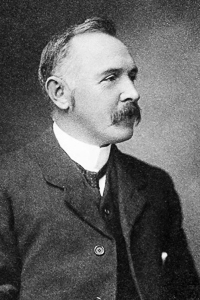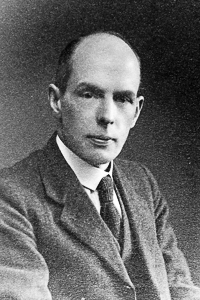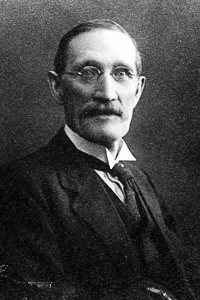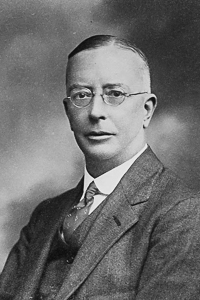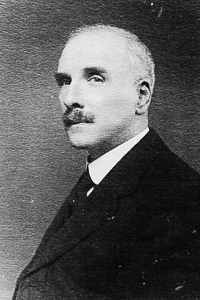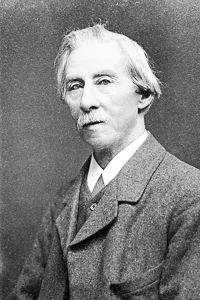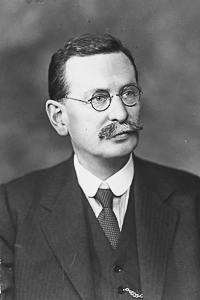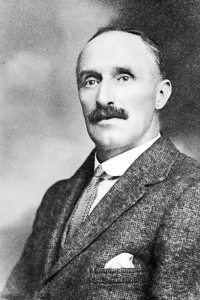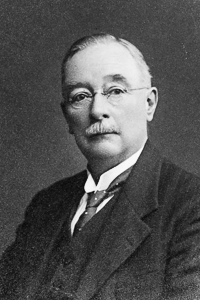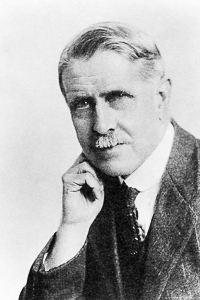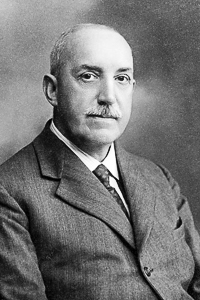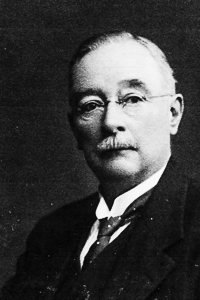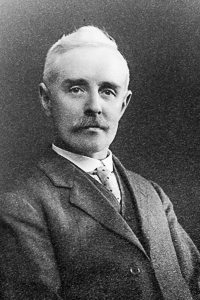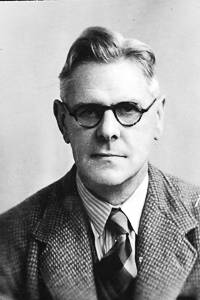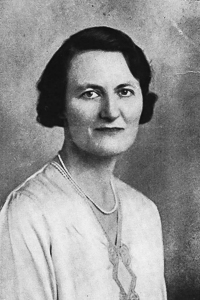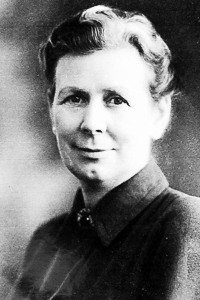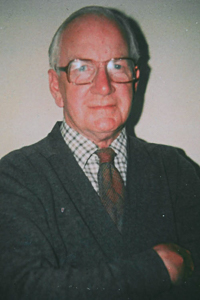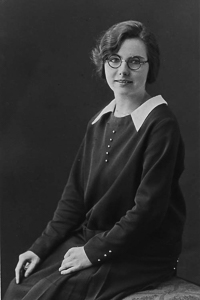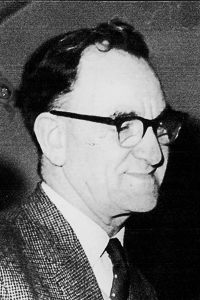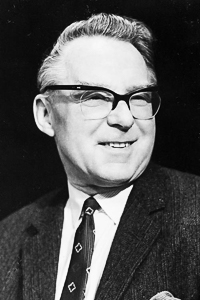
Dr Richard Taylor Manson
Founder of Darlington Field Club
Previous Natural History Societies.
Darlington Natural History Society 1793
A manuscript book in the possession of the Field Club consists of 33 pages relating to the Society for Promoting the Study of General and Natural History and Antiquities. The entries are dated 1793 and 1794, and two signatures in the book are those of William Hutchinson of Barnard Castle, its secretary, and Edward Robson of Darlington, its treasurer.
William Hutchinson is the author of the History and Antiquities of the County Palatine of Durham, while Edward Robson was, among other things, a botanist, who had presented a list of local flora to the Society in 1794, which was included in Hutchinson’s History… of Durham. There is no reference as to when the Society was founded or when it ceased to function.
Darlington Naturalist’s Society 1860
The founding of a new natural history society in 1860 suggests that the previous society had long since ceased to operate. The first president of the new society was the zoologist William Backhouse. As yet, little has been discovered about their work except that their last meeting was held on the 29th September 1891 when all of their assets were transferred to the Society which still exists today.
Darlington Naturalist’s Field Club 1891
The present society was founded on the 29th April 1891 in the Club Room of the Mechanics’ Institute. Twenty-two people joined as founder members, and the annual subscription was fixed at five shillings per annum.
The objects of the club were the study of the natural history of the district, compiling a catalogue of the recent and fossil fauna of the same, and the procuring and arrangement of specimens of local natural history. It was also suggested that the Zig Zag Ramblings of a Naturalist should form a basis of the work of the club. Dr Richard T Manson, who had been appointed one of two vice-presidents of the society, was the author of this work.
The Mechanics’ Institute was asked to provide a suitable room for the use of the club. They did so but at an annual rent of £5, which is why to get their monies worth, the society started holding weekly meetings. This practise has continued ever since. In the 200/2001 year, we held 58 meetings (no meetings are held in August).
In 1896 the club changed its name to the Darlington and Teesdale Naturalists’ Field Club.
[based on The Search for Natural History by Barry Hetherington, 1987]

